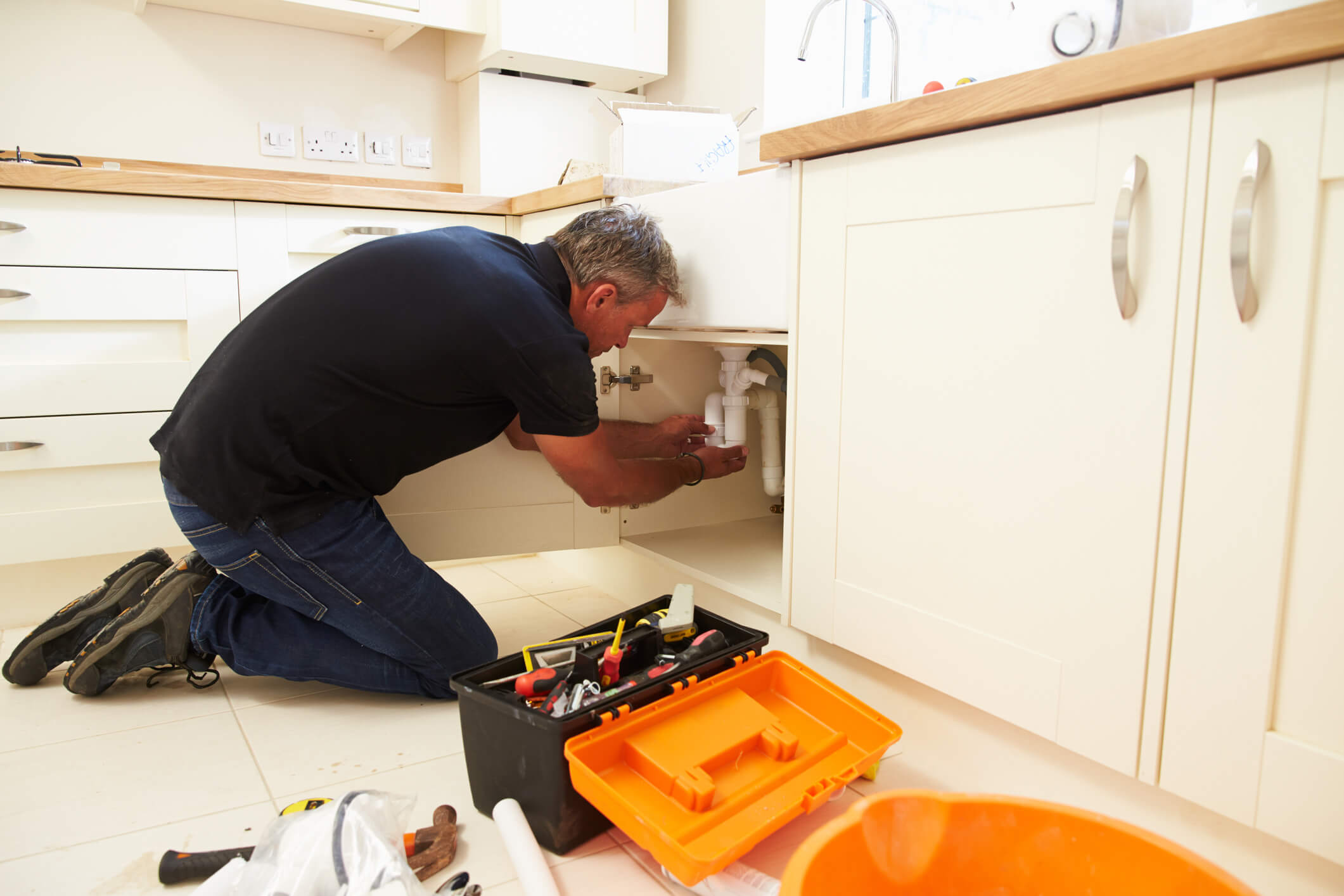Troubleshooting Plumbing Issues in Rental Properties: An Easy Guide
Troubleshooting Plumbing Issues in Rental Properties: An Easy Guide
Blog Article
They are making a few good pointers relating to Who is responsible for plumbing maintenance in general in this post following next.

Taking care of plumbing problems in rental properties effectively is critical for maintaining occupant satisfaction and preserving the building's value. Whether you're a property owner or a building manager, understanding exactly how to resolve these common problems can save you money and time while making certain compliance with legal obligations. Below's a step-by-step overview on exactly how to take care of plumbing problems in rental properties.
Establish Clear Interaction
Urge tenants to report any type of pipes concerns as soon as they happen. Give multiple communication channels such as phone, email, or an occupant site to make it easy for them to connect. Prompt reactions to these records can stop small issues from rising right into significant problems.
Enlighten Lessees
Enlighten your lessees concerning what comprises a pipes emergency situation and what does not. Supply standards on exactly how to handle minor concerns themselves, such as making use of a bettor to unblock a toilet. Also, inform them concerning what they need to stay clear of taking down drains to prevent clogs, such as oil, coffee premises, and non-biodegradable products.
Regular Maintenance
Carry out a regular maintenance routine for all plumbing systems in your rental residential or commercial properties. Regular checks can help recognize and solve problems like leaks, slow-moving drains pipes, or corroded pipes prior to they come to be major. Consider hiring a professional plumber to evaluate the buildings every year or semi-annually.
Quick Response to Emergency Situations
Have a plan in position for replying to plumbing emergency situations. This ought to consist of having the get in touch with information of trusted plumbing solutions that provide 24/7 emergency repairs. Quick activity is necessary to decrease damage in scenarios like burst pipelines or serious leakages.
File Every little thing
Keep thorough records of all reported plumbing problems and the activities taken to settle them. Paperwork must include days, summaries of the problem, interaction with tenants, and invoices from contractors or plumbing professionals. This information can be critical for insurance coverage cases, tax reductions, and lawful security.
Usage Qualified Professionals
Always utilize licensed and insured specialists for significant pipes repair services and installments. This makes sure that the job is up to code and can assist stay clear of liability problems in case of accidents or additional damages. It also comforts tenants that repair services are being taken care of expertly.
Understand Legal Duties
Know your lawful duties regarding plumbing and basic property maintenance. The majority of jurisdictions need property managers to ensure their buildings are habitable and that all pipes systems remain in good working order. Failure to deal with severe issues immediately can bring about legal actions from renters.
Occupant Repayments
If a pipes concern requires immediate attention and the occupant solves the concern on their own, have a clear policy in place for repaying prices. Make certain tenants recognize they need to get previous authorization for higher-cost repair services unless it's an outright emergency situation.
Preventive Upgrades
Take into consideration updating older pipes systems and components to a lot more modern, effective versions. This can minimize the frequency and intensity of pipes problems and reduced long-term upkeep costs. It's also a selling point for prospective renters who value upgrades and modern-day functions.
Occupant Move-Out Inspections
Conduct extensive plumbing checks during move-out examinations to guarantee that any kind of issues are determined and resolved before a new lessee moves in. This avoids conflicts with brand-new lessees over pre-existing conditions and ensures the residential or commercial property remains in top condition.
Verdict
Dealing with pipes problems in rental homes requires an aggressive method and excellent communication with lessees. By staying on top of upkeep, reacting promptly to emergencies, and making use of professional experts, landlords can maintain their homes in excellent condition and preserve excellent connections with lessees.
How to Handle Water Damage in a Rental Property
What is Water Damage?
Water damage is harm or destruction caused by water entering areas where it is not supposed to be. It can be caused by a variety of sources and can manifest in different ways. The most common examples of water damage include:
Leaking roof Plumbing leaks Appliance malfunctions Poor drainage Flooding Sewage backup Condensation Tenant negligence HVAC system issues Frozen pipes Is water damage dangerous?
Water damage itself is not inherently dangerous, but it can lead to various hazards and health risks if not promptly and properly addressed. The severity of these risks depends on the extent of the water damage, the source of the water, and how quickly it is mitigated.
Some potential dangers associated with water damage include structural damage, mold and bacterial growth, electrical hazards, water contamination, and pest infestations. In situations where mold and mildew have gone unaddressed, mold can start to develop within 24-48 hours of water exposure, and this can impose a serious health risk to tenants. In particular, mold spores and damp conditions can lead to respiratory issues and even make existing health problems worse, such as allergies, asthma, or immune disorders.
Water Damage in an Apartment - Who is Responsible?
If the water damage is caused by the tenant’s negligence, the tenant is responsible for the cost of repairs. If the water damage is caused by a defect in the property, the landlord is responsible for the cost of repairs. If the water damage is a result of natural causes, such as excessive rain, then the landlord is responsible, since the water intrusion likely occurred due to a defect in the property. Landlord Responsibility water damage in rental property
Since maintaining habitability is the landlord’s legal responsibility, landlords are responsible for any resulting structural damage caused by water damage. These structural damages may include damage to walls, roofs, ceilings, and flooring. If water damage has affected the rental property’s original structure, the landlord is responsible for repairing or replacing those materials. Therefore, landlords should have property insurance that covers the structural components of their rental property so that they can receive help with the costs of covered events.
Preventative measures can also help landlords avoid massive renovations. Preventative maintenance may include conducting regular inspections to identify and address potential water damage before it becomes a major and urgent problem.
If a landlord fails to meet their responsibilities regarding water damage, it can lead to legal disputes and potential liability. Tenants who believe their landlord is not addressing water damage issues in accordance with California law can seek legal advice or contact local housing authorities for assistance.
https://www.goodlifemgmt.com/blog/water-damage-in-a-rental-property/

Hopefully you enjoyed our piece about How to Handle Plumbing Issues in Your Rental Property. Thank you so much for taking the time to browse our article post. If you liked our article plz make sure you remember to share it. Thank you so much for your time invested reading it.
Report this page